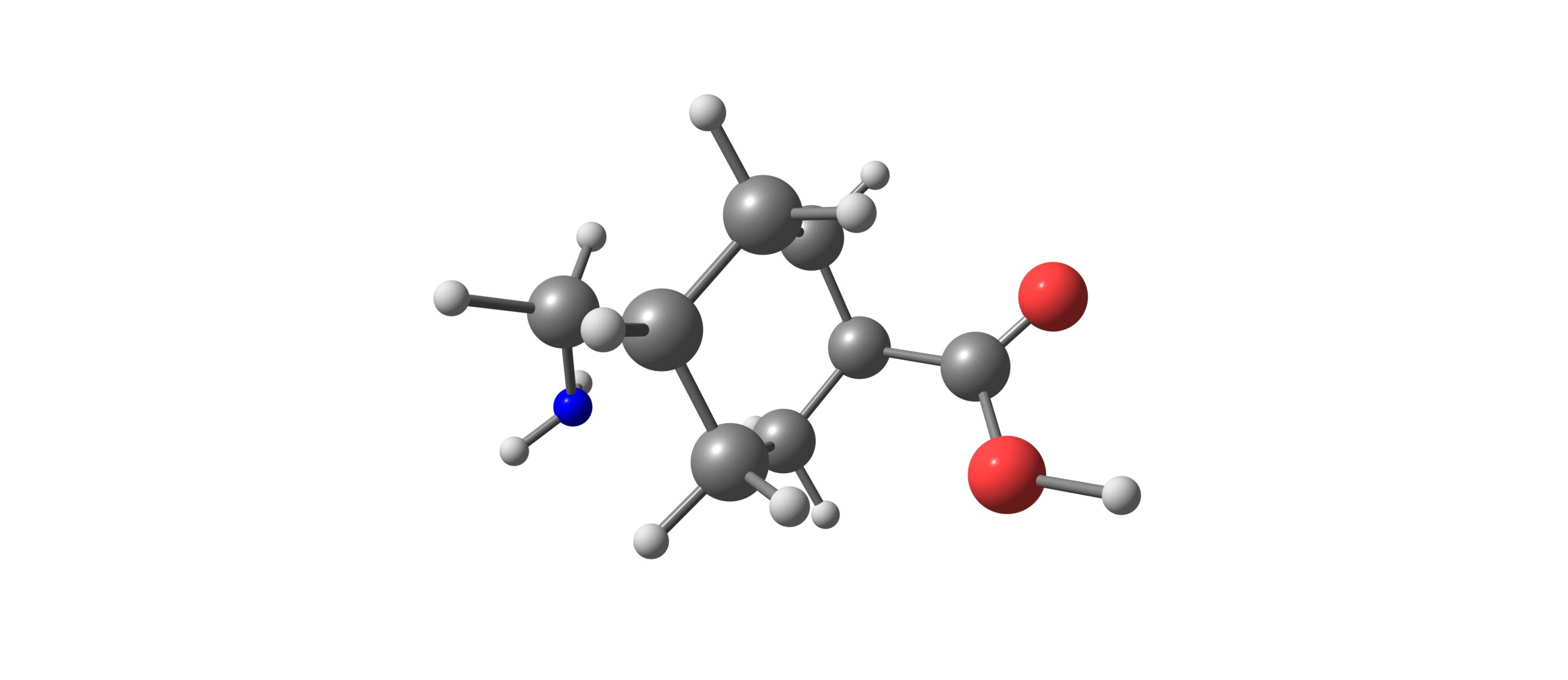
A study recently published in NEJM found that a woman’s platelet count may naturally decline during pregnancy, and identified when this decrease may be due to factors other than gestation. In their retrospective analysis, researchers aimed to investigate the occurrence and severity of thrombocytopenia during pregnancy, defined by a platelet count lower than 150,000 per cubic millimeter.
Using data from the Oklahoma University Medical Center between 2011 and 2014, they evaluated platelet counts throughout female pregnancies and compared this data to platelet counts of nonpregnant women from the National Health and Nutrition Examination Survey collected from 1999 through 2012.
Results showed that the pregnant woman’s platelet count naturally decreased throughout the pregnancy beginning in the first trimester. The women with uncomplicated pregnancies displayed a mean platelet count of 251,000 per cubic millimeter in the first trimester, whereas the nonpregnant women had a mean platelet count of 273,000 per cubic millimeter at this time. At the time of delivery, platelet count is usually above 150,000 per cubic millimeter in healthy pregnant women who experience no issues with parturition.
For women who experienced pregnancy-related complications, it was more common to observe a platelet count below 150,000 per cubic millimeter. 11.9% of women who had pregnancy-related complications had a platelet count under 150,000, while only 9.9% of women who had uncomplicated pregnancy had a platelet count under 150,000.
These results show that while pregnancy could cause a decrease in platelet count, causes other than pregnancy should be considered if the platelet count is below 100,000 per cubic millimeter.
Source: NEJM







 © 2025 Mashup Media, LLC, a Formedics Property. All Rights Reserved.
© 2025 Mashup Media, LLC, a Formedics Property. All Rights Reserved.